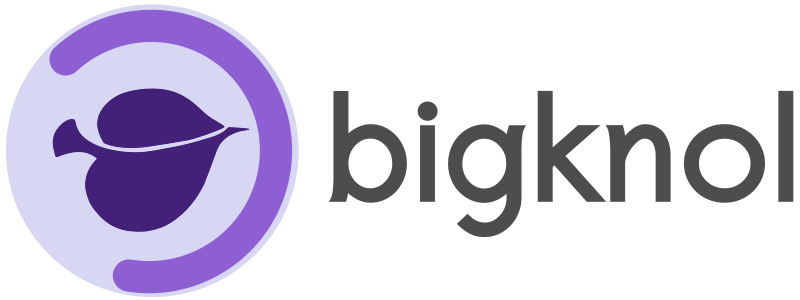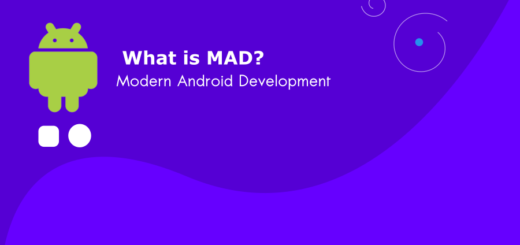Dart vs JavaScript: Is Dart Going to Replace JS Soon?
Day by day, the competition between Dart and JavaScript is intensifying. Now, let’s explore some compelling factors and determine whether Dart is poised to replace JS. Dart vs. JavaScript – Now, let’s explore.

Initially, Dart was designed with web purposes in mind to compete with the major player in the web, JavaScript. Two prominent contenders in this arena are Dart and JavaScript, each with its unique set of features and advantages.
Dart boasts a strongly-typed system, which can catch errors at compile-time, enhancing code reliability and reducing runtime issues.
JavaScript remains the venerable and omnipresent language of the web, continuing to be the go-to choice for many developers. Its versatility and compatibility across browsers make JavaScript the preferred language for creating interactive and dynamic web applications.
In terms of performance, Dart excels, showcasing remarkable speed and efficiency. With the Dart VM (Virtual Machine) optimizing code execution, it offers a performance boost, particularly advantageous for resource-intensive applications.
JavaScript has achieved notable advancements in performance, thanks to technologies such as the V8 engine, facilitating swifter code execution. Consequently, this has effectively narrowed the performance gap between the two languages, establishing JavaScript as a formidable competitor in this aspect.
JavaScript boasts an extensive and mature ecosystem, featuring countless libraries, frameworks, and tools for developers. With vast community support and a myriad of resources, JavaScript stands out as an attractive choice for those venturing into the world of web development.
While gaining momentum, Dart may not match the sheer breadth of JavaScript’s ecosystem. However, Flutter, a UI toolkit developed by Google using Dart, has gained popularity for building cross-platform applications.
Dart vs JavaScript
Dart
For cross-platform development
Strongly typed with static typing.
Dart SDK includes tools like dartdevc for development and dart2js for production.
Uses the dart:html library for direct DOM manipulation.
Requires the Dart VM or compilation to JavaScript for browser execution.
JavaScript
For Web
Dynamically typed with optional typing.
Vast ecosystem with numerous tools like Babel, Webpack, and various IDEs (e.g., Visual Studio Code).
Uses the DOM API directly or through libraries like jQuery.
Native execution in web browsers and server-side execution with Node.js.
It’s crucial to consider that the selection between Dart and JavaScript is contingent upon specific project requirements, development preferences, and the platforms being targeted. Each language possesses its unique strengths and weaknesses, and the decision should harmonize with the goals of your development team and the project at hand.
Is Dart going to grab the crown 👑 from JS soon?
The short answer is no; there was no indication that Dart was poised to replace JavaScript entirely. JavaScript has been the predominant language for web development, supported by all major browsers, and boasts an extensive ecosystem, community, and adoption.
Although Dart has gained popularity, particularly in the context of Flutter for mobile app development, JavaScript remains the primary language for web development. The widespread use of JavaScript, its compatibility across browsers, and the vast ecosystem of libraries and frameworks all contribute to its enduring dominance.



